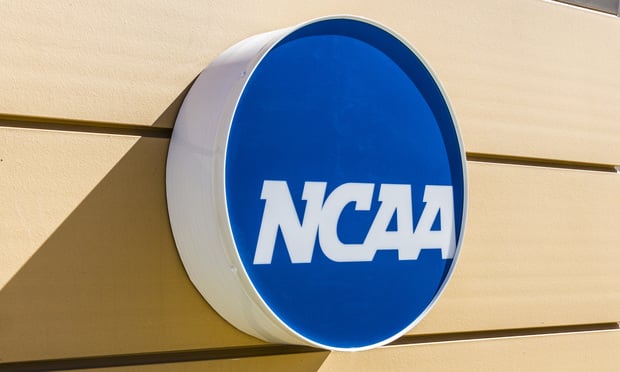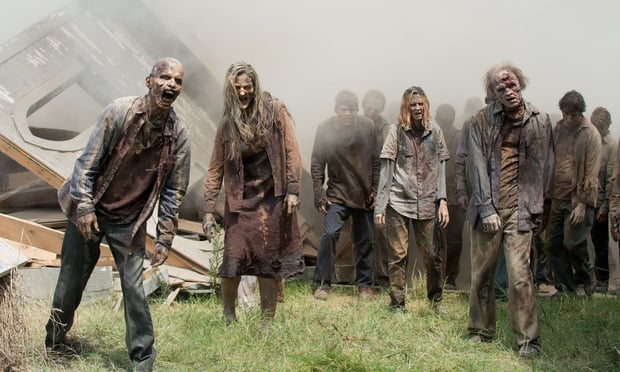Features

NIL Regulation: Can the NCAA Recover and Advance Its Own Fumble?
With a view toward injecting some modicum of clarity into the volatile arena of NIL, a plethora of legislation has been enacted at the state level and proposed at the federal level.
Features

Determining Ownership Rights of Social Media Accounts
Whether in the context of artist/entertainment company, employer/employee, franchisor/franchisee or influencer/brand relationships, who owns and controls the social media accounts and associated goodwill sometimes comes into dispute. This article provides guidance on the standards courts apply in determining ownership rights over social media accounts, as well as best practices to head off such disputes before they occur.
Columns & Departments
Fresh Filings
Notable recent court filings in entertainment law.
Columns & Departments
Players On the Move
A look at moves among attorneys, law firms, companies and other players in entertainment law.
Features

Executive Producers' "Most Favored Nations" Clauses Could Be Applied to Walking Dead Series Producer's Profit-Participation Settlement
Can the settlement of a lawsuit by one profit participant in a TV production be used to increase the contingent compensation provisions of other profit participants in the show?
Features

In-House Counsel Perspective on Negotiating Social Media Influencer Contracts
With the FTC amping up its scrutiny in the social media influencer space, in-house counsel has an opportunity to mitigate risk and help their companies get more bang for their influencer marketing buck.
Features

Pursuing AI Programmers and Third Parties over Alleged Rights Violations Caused by AI Software
Because AIs are capable of causing harm but cannot be a legal entity, they are not held accountable by court action. Several current and future possibilities exist to resolve AI difficulties. Current options involve identifying indirect liability. Future options include but are not limited to changing the law to make an AI a legal person and/or changing the law to make AI programing an ultra-hazardous activity.
Columns & Departments
Fresh Filings
Notable recent court filings in entertainment law.
Columns & Departments
Players On the Move
A look at moves among attorneys, law firms, companies and other players in entertainment law.
Columns & Departments
Bit Parts
Amazon Didn't Exceed Scope of License to Stream Chinese Drama California Talent Agency's Lawsuit in Texas Won't Be Stayed Pending Proceeding Before California Labor Commissioner King Holmes Fires Back at Band's Legal Malpractice Complaint No Substantial Similarity Found Between TV Show Abbott Elementary and Plaintiff's Teacher-Focused Treatment for Proposed TV Series
Need Help?
- Prefer an IP authenticated environment? Request a transition or call 800-756-8993.
- Need other assistance? email Customer Service or call 1-877-256-2472.
MOST POPULAR STORIES
- Use of Deferred Prosecution Agreements In White Collar InvestigationsThis article discusses the practical and policy reasons for the use of DPAs and NPAs in white-collar criminal investigations, and considers the NDAA's new reporting provision and its relationship with other efforts to enhance transparency in DOJ decision-making.Read More ›
- Surveys in Patent Infringement Litigation: The Next FrontierMost experienced intellectual property attorneys understand the significant role surveys play in trademark infringement and other Lanham Act cases, but relatively few are likely to have considered the use of such research in patent infringement matters. That could soon change in light of the recent admission of a survey into evidence in <i>Applera Corporation, et al. v. MJ Research, Inc., et al.</i>, No. 3:98cv1201 (D. Conn. Aug. 26, 2005). The survey evidence, which showed that 96% of the defendant's customers used its products to perform a patented process, was admitted as evidence in support of a claim of inducement to infringe. The court admitted the survey into evidence over various objections by the defendant, who had argued that the inducement claim could not be proven without the survey.Read More ›
- The DOJ's New Parameters for Evaluating Corporate Compliance ProgramsThe parameters set forth in the DOJ's memorandum have implications not only for the government's evaluation of compliance programs in the context of criminal charging decisions, but also for how defense counsel structure their conference-room advocacy seeking declinations or lesser sanctions in both criminal and civil investigations.Read More ›
- The DOJ's Corporate Enforcement Policy: One Year LaterThe DOJ's Criminal Division issued three declinations since the issuance of the revised CEP a year ago. Review of these cases gives insight into DOJ's implementation of the new policy in practice.Read More ›
- Strategy vs. Tactics: Two Sides of a Difficult CoinWith each successive large-scale cyber attack, it is slowly becoming clear that ransomware attacks are targeting the critical infrastructure of the most powerful country on the planet. Understanding the strategy, and tactics of our opponents, as well as the strategy and the tactics we implement as a response are vital to victory.Read More ›
